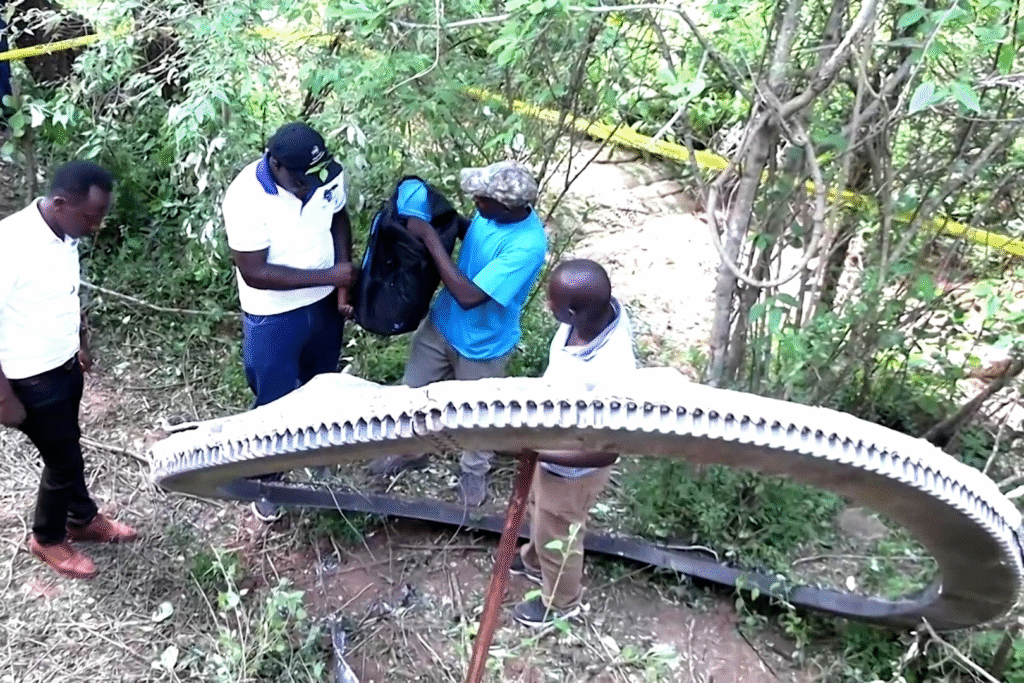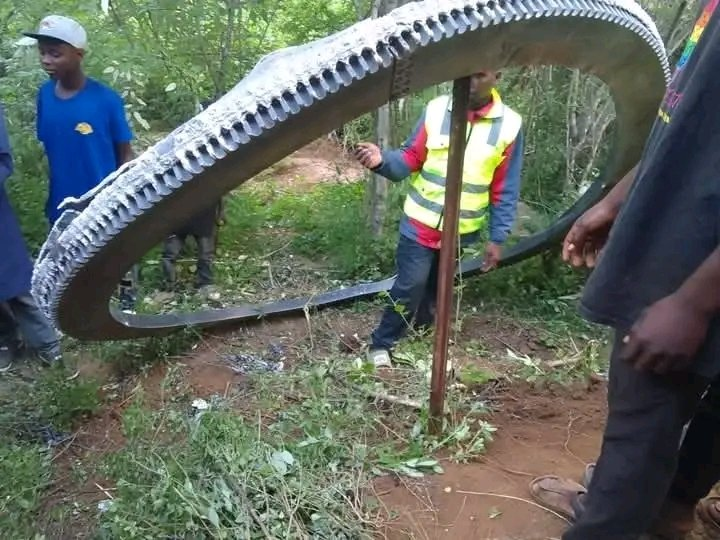Introduction

As more satellites are launched worldwide, the problem of space debris—uncontrolled objects orbiting Earth—has grown into a major concern. These fragments, ranging from defunct satellites to spent rocket stages, threaten active spacecraft and future missions. Although East African countries have limited satellite deployments, they have a stake in debris mitigation because their emerging space programs rely on safe and sustainable orbital environments.
Understanding the Space Debris Challenge

Space debris travels at extremely high speeds, meaning even small fragments can cause significant damage upon collision. With global satellite constellations expanding, the risk of collisions is increasing, potentially leading to the “Kessler Syndrome,” where cascading impacts generate more debris.
For East African nations investing in space-based services—such as communications, Earth observation, and navigation—orbital safety is vital to protecting assets and ensuring uninterrupted service.
Regional Relevance
Kenya, Ethiopia, and Rwanda have launched or are planning satellites, making them direct stakeholders in debris mitigation policies. Additionally, East Africa’s location along the equator gives it unique advantages for satellite launches, increasing the likelihood of future orbital activity in the region. This geographic positioning makes it important for regional policymakers to actively engage in global space governance discussions.
Opportunities for Collaboration
East African states can participate in international debris mitigation initiatives led by organizations such as the United Nations Office for Outer Space Affairs (UNOOSA) and the Inter-Agency Space Debris Coordination Committee (IADC). Through such platforms, they can contribute to setting orbital guidelines, developing debris tracking systems, and adopting sustainable space operation standards.
Partnering with countries that have advanced tracking capabilities could also enable East African universities and research centers to analyze orbital data and train specialists in debris detection and removal techniques.
Technological Contributions
While large-scale debris removal requires significant investment, East African nations can contribute through smaller but impactful innovations. For instance, designing CubeSats with end-of-life deorbiting systems can reduce the long-term debris load. Local startups could also develop AI-based software to model collision risks and assist in satellite maneuver planning.
By integrating debris mitigation into early-stage satellite projects, East African programs can align with best practices and attract international support.
Policy and Regulation
A strong legal framework is essential for debris management. East African governments can implement regulations requiring all domestic satellite operators to include disposal plans and collision avoidance capabilities. These policies would not only ensure compliance with global standards but also signal the region’s commitment to responsible space operations—boosting credibility in international partnerships.
Capacity Building
Education and training will be critical to developing a skilled workforce capable of addressing debris challenges. Establishing specialized aerospace engineering courses, conducting regional workshops, and participating in international space safety exercises could strengthen East Africa’s technical capabilities.
Involving students in debris-tracking projects, possibly in collaboration with foreign observatories, could inspire innovation while building essential skills.
Conclusion
Space debris is a global challenge, but East Africa has both the opportunity and responsibility to play an active role in its mitigation. Through strategic partnerships, investment in research, and proactive policymaking, the region can safeguard its growing space ambitions. By acting now, East African nations can ensure that their emerging space sector thrives in a safe and sustainable orbital environment.


